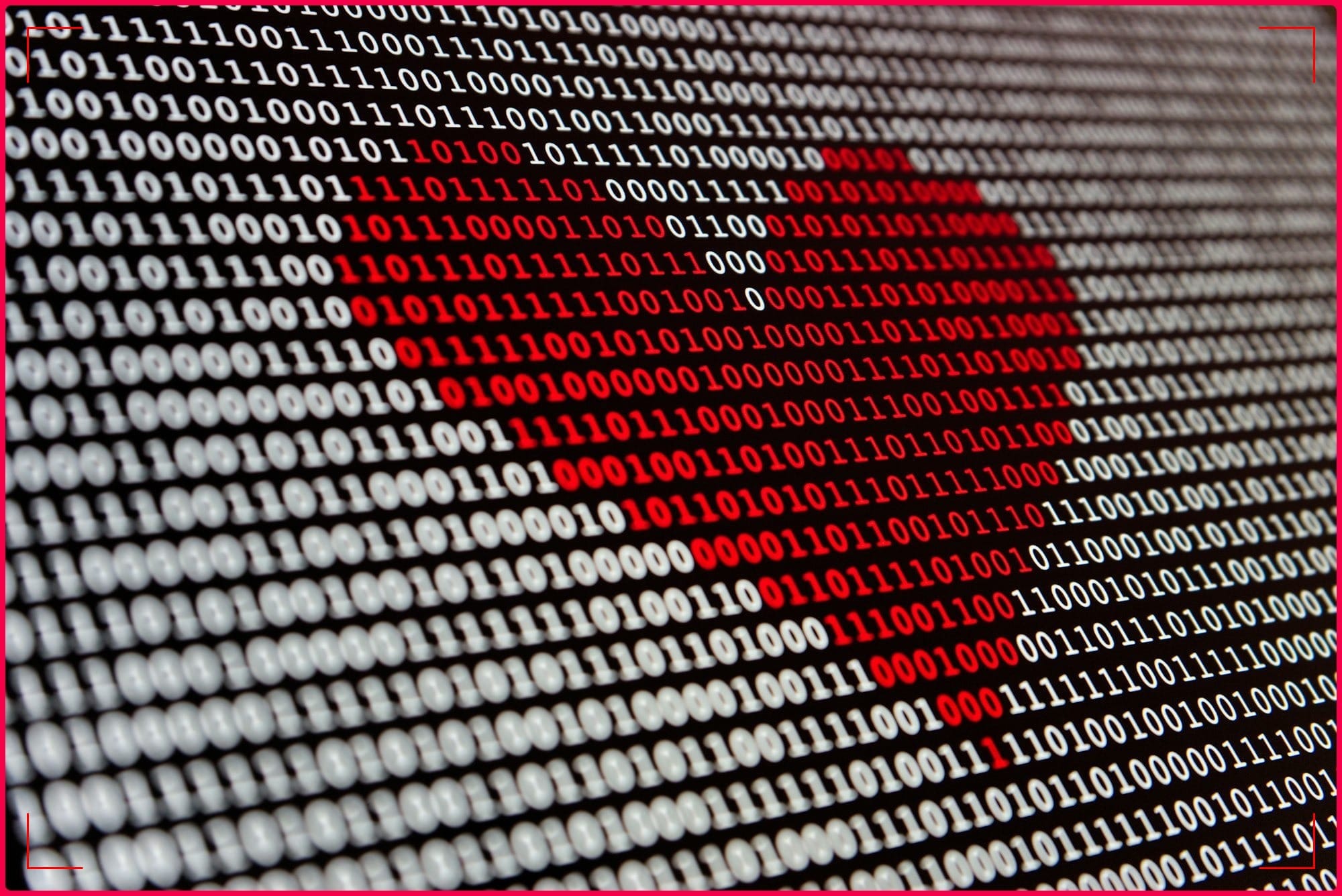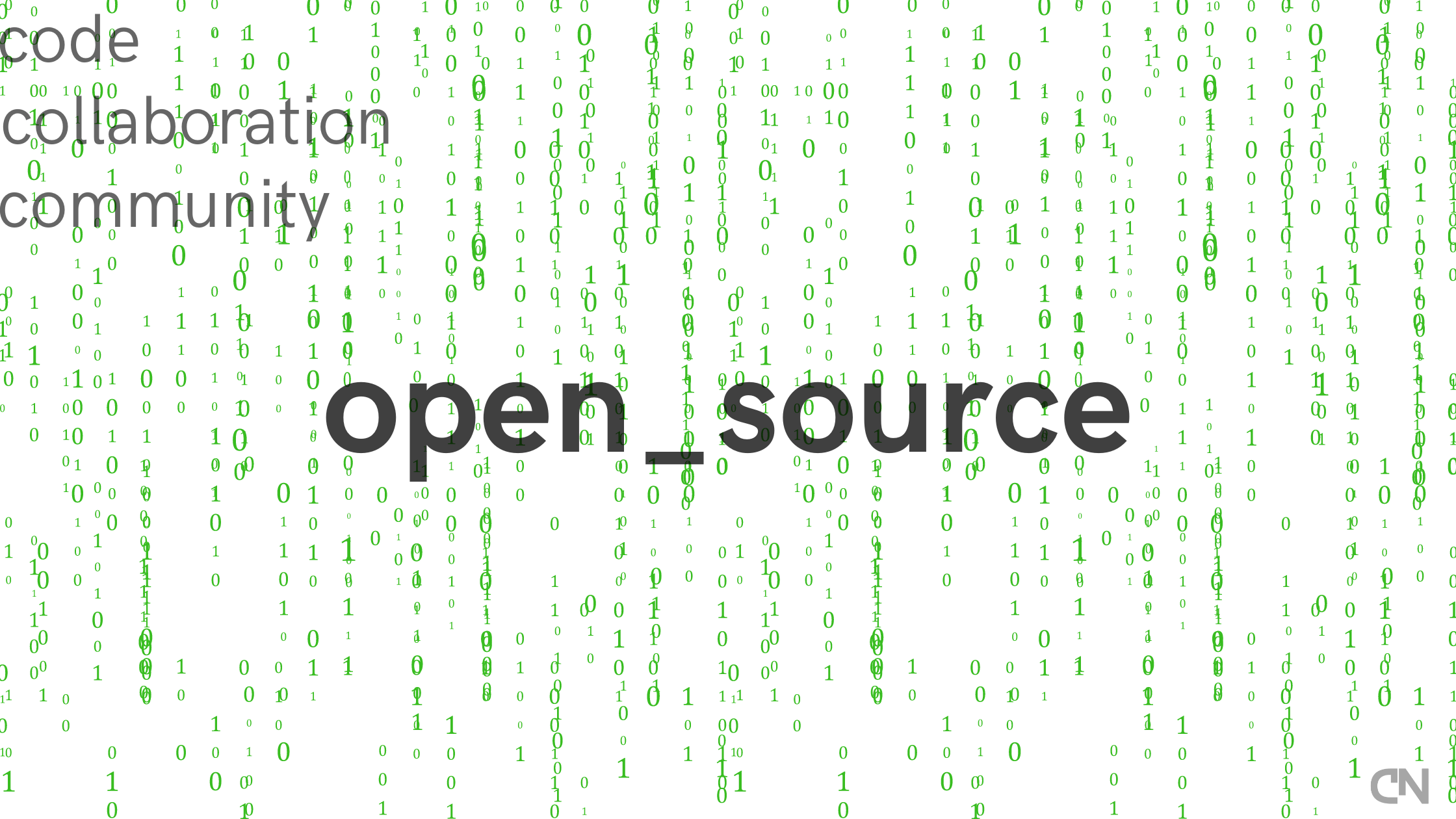On this page
Estimated reading time is 4 minutes and 57 seconds 🕒
Introduction
In today's fast-paced, technology-driven world, it's easy to feel overwhelmed by the countless tech terms and acronyms. Whether you're a tech enthusiast or just trying to keep up with the latest trends, understanding these terms is crucial. In this blog post, we'll decode some of the latest common tech jargon and provide simple explanations to help you stay informed.
Tech Jargon
- AI (Artificial Intelligence): AI refers to the development of computer systems that can perform tasks that typically require human intelligence, such as visual perception, speech recognition, decision-making, and language translation.
- ML (Machine Learning): Training computer algorithms to learn and improve from experience without being explicitly programmed.
- NLP (Natural Language Processing): Enabling computers to understand, interpret, and generate human language.
- CV (Computer Vision): Teaching computers to interpret and understand visual information from the world.
- DL (Deep Learning): A subset of machine learning that uses multi-layered neural networks to learn from vast amounts of data.
- AGI (Artificial General Intelligence): The hypothetical ability of an intelligent agent to understand or learn any intellectual task that a human being can.
- Blockchain: A decentralized, distributed ledger technology that records transactions across a network of computers, ensuring transparency, security, and immutability.
- DLT (Distributed Ledger Technology): A database that is consensually shared and synchronized across multiple sites, institutions, or geographies.
- DAO (Decentralized Autonomous Organization): An organization represented by rules encoded as a transparent computer program, controlled by the organization members, and not influenced by a central government.
- DeFi (Decentralized Finance): Financial applications built on blockchain technology that aim to disrupt traditional financial intermediaries.
- NFT (Non-Fungible Token): A unique digital asset whose ownership is recorded on a blockchain.
- IoT (Internet of Things): IoT refers to the interconnected network of physical devices, vehicles, home appliances, and other items embedded with electronics, software, sensors, and network connectivity, enabling these objects to collect and exchange data.
- IIoT (Industrial Internet of Things): The application of IoT in industrial sectors to improve efficiency, safety, and productivity.
- Edge Computing: Processing data near the edge of the network, where the data is being generated, instead of in a centralized data-processing warehouse.
- Digital Twin: A virtual representation of a physical object or system across its lifecycle, using real-time data to enable understanding, learning, and reasoning.
- Sensor Fusion: The process of combining data from multiple sensors to provide more accurate and reliable information.
- Cloud Computing: The delivery of computing services—including servers, storage, databases, networking, software, analytics, and intelligence—over the internet ("the cloud") to offer faster innovation, flexible resources, and economies of scale.
- Serverless: A cloud computing model where the cloud provider manages the infrastructure, allowing developers to focus on writing code without worrying about servers.
- Microservices: An architectural approach where a single application is composed of many loosely coupled and independently deployable smaller services.
- Containerization: A form of virtualization where applications are run in isolated user spaces called containers, all using the same shared operating system.
- 5G: The fifth generation of cellular network technology, offering faster speeds, lower latency, and greater capacity compared to its predecessors.
- mmWave (Millimeter Wave): A short-range, high-frequency wireless technology that enables faster data speeds and lower latency.
- Network Slicing: Partitioning a single physical network into multiple virtual networks, each optimized for a specific use case or application.
- Beamforming: A signal processing technique used to focus a wireless signal towards a specific receiving device, rather than broadcasting the signal in all directions.
- MEC (Multi-Access Edge Computing): An extension of edge computing that enables cloud computing capabilities and an IT service environment at the edge of cellular networks.
- AR/VR (Augmented Reality/Virtual Reality): AR is a technology that overlays digital information in the real world, enhancing the user's perception of reality through their device's camera. VR is a computer-generated simulation of a three-dimensional environment that can be interacted with in a seemingly real or physical way using special electronic equipment, such as a headset.
- MR (Mixed Reality): A hybrid of virtual reality and augmented reality, where physical and digital objects co-exist and interact in real-time.
- SLAM (Simultaneous Localization and Mapping): A computational method used to construct or update a map of an unknown environment while simultaneously keeping track of an agent's location within it.
- 6DoF (Six Degrees of Freedom): The ability to move in three-dimensional space (forward/backward, up/down, left/right) and rotate in three dimensions (pitch, yaw, roll).
- Haptics: Tactile feedback technology that simulates the sense of touch through vibrations or other motions.
- Big Data: The term used to describe the large volume of structured and unstructured data that inundates a business on a day-to-day basis, which can be analyzed for insights to make strategic business decisions.
- Data Lake: A centralized repository that allows you to store all your structured and unstructured data at any scale.
- Data Warehouse: A system used for reporting and data analysis, which is considered a core component of business intelligence.
- Predictive Analytics: Using data, statistical algorithms, and machine learning techniques to identify the likelihood of future outcomes based on historical data.
- Cybersecurity: The practice of protecting systems, networks, and programs from digital attacks, unauthorized access, and data breaches.
- MFA (Multi-Factor Authentication): An authentication method that requires the user to provide two or more verification factors to gain access to a resource.
- Zero Trust: A security model that assumes no implicit trust and continuously validates every stage of digital interaction.
- Phishing: A type of social engineering attack often used to steal user data, including login credentials and credit card numbers.
- API (Application Programming Interface): A set of rules, protocols, and tools for building software applications that specify how software components should interact.
- Webhook: An API concept that allows an application to provide other applications with real-time information.
- OAuth: An open-standard authorization protocol or framework that describes how unrelated servers and services can safely allow authenticated access to their assets.
- SDK (Software Development Kit): A collection of software development tools, libraries, documentation, code samples, and guides that allow developers to create applications for a specific platform or programming language.
- DevOps (Development and Operations): A set of practices that combines software development (Dev) and IT operations (Ops) to shorten the systems development life cycle and provide continuous delivery with high software quality.
- IaC (Infrastructure as Code): Managing and provisioning computer data centers through machine-readable definition files, rather than physical hardware configuration or interactive configuration tools.
- K8s (Kubernetes): An open-source container orchestration system for automating deployment, scaling, and management of containerized applications.
- GitOps: An operational framework that takes DevOps best practices used for application development such as version control, collaboration, compliance, and CI/CD tooling, and applies them to infrastructure automation.
Conclusion
Familiarizing yourself with these common tech terms is just the beginning of your journey into the vast world of technology. By understanding these concepts and their associated acronyms, you'll be better equipped to navigate the latest tech trends, engage in meaningful discussions, and make informed decisions. As technology continues to evolve, staying curious and open to learning will be key to thriving in our digital age.
Call to Action
Put your newfound knowledge into practice by diving deeper into the areas of technology that interest you most.
Stay tuned with CloudyNow for more informative articles to help you navigate the ever-evolving landscape of technology.








